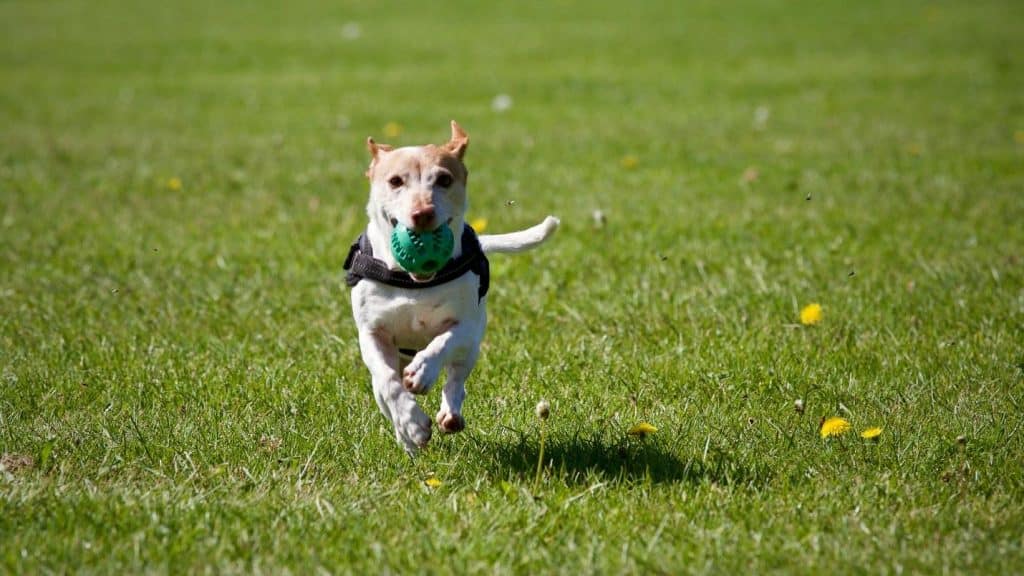Separation anxiety is a common behavioral issue that affects many dogs, especially those who are deeply bonded with their owners. It can manifest in various ways—excessive barking, destructive behavior, pacing, or even attempts to escape when left alone. While it’s distressing for both the dog and the owner, the good news is that separation anxiety can be managed and improved with patience, consistency, and the right strategies. Creating a supportive environment and gradually building your dog’s confidence are key to helping them feel secure when you’re away.
Recognize the Signs Early
Understanding the signs of separation anxiety is the first step toward addressing it. Dogs with separation anxiety often show distress within minutes of their owner leaving. Common behaviors include whining, barking, chewing furniture, scratching doors, and house soiling—even if they’re otherwise house-trained. Some dogs may become overly excited when their owner returns, indicating heightened emotional stress during the absence.
It’s important to differentiate separation anxiety from boredom or lack of exercise. If your dog only exhibits these behaviors when alone and seems anxious before you leave, separation anxiety is likely the cause. Documenting their behavior with a pet camera can help you better understand their reactions and tailor your approach.
Create a Calm Departure Routine
Dogs are highly attuned to their owner’s habits and emotional cues. If you make a big deal out of leaving—hugging, talking in a high-pitched voice, or showing concern—your dog may interpret your departure as something to fear. Instead, keep departures low-key and calm. Avoid prolonged goodbyes and try to leave without fanfare.
You can also desensitize your dog to departure cues. Practice picking up your keys, putting on your shoes, or grabbing your bag without actually leaving. Over time, your dog will learn that these actions don’t always mean you’re going away, reducing their anticipatory anxiety.
Build Independence Gradually
Helping your dog feel comfortable alone requires gradual exposure. Start by leaving them alone for short periods—just a few minutes at a time—and slowly increase the duration as they become more confident. Use positive reinforcement when you return, but avoid overly enthusiastic greetings that reinforce the idea that being alone is a negative experience.
Crate training can be helpful for some dogs, as it provides a safe and secure space. However, it should be introduced slowly and positively. Make the crate a comfortable place with toys, treats, and soft bedding, and never use it as punishment.
Provide Mental and Physical Stimulation
A tired dog is a relaxed dog. Ensuring your dog gets enough physical exercise and mental stimulation can significantly reduce anxiety. Daily walks, playtime, and interactive toys help burn off excess energy and keep your dog engaged. Puzzle feeders, treat-dispensing toys, and scent games are excellent tools for keeping their mind occupied while you’re away.
Routine also plays a role in reducing anxiety. Dogs thrive on predictability, so maintaining a consistent schedule for feeding, walks, and rest can help them feel more secure. Regular grooming is another way to support their comfort and well-being. Professional pet grooming in North Raleigh offers services that not only keep your dog clean and healthy but also provide a calming experience that reinforces positive touch and handling.
Seek Professional Support When Needed
If your dog’s separation anxiety is severe or persistent, professional help may be necessary. A certified dog trainer or behaviorist can assess your dog’s specific needs and develop a customized training plan. In some cases, veterinarians may recommend anti-anxiety medications or supplements to support behavioral therapy.
Training techniques such as counter-conditioning and desensitization are often used to help dogs associate being alone with positive experiences. These methods require time and consistency but can lead to lasting improvements. Group classes or private sessions can also provide structure and guidance for both you and your dog.
Conclusion
Helping your dog overcome separation anxiety is a journey that requires empathy, patience, and a proactive approach. By recognizing the signs, creating a calm routine, building independence, and providing consistent stimulation, you can ease your dog’s stress and foster a sense of security. With time and support, your dog can learn that being alone isn’t something to fear—it’s simply part of a balanced, loving life. Whether through home strategies or professional guidance, your efforts will lead to a happier, more confident companion.
